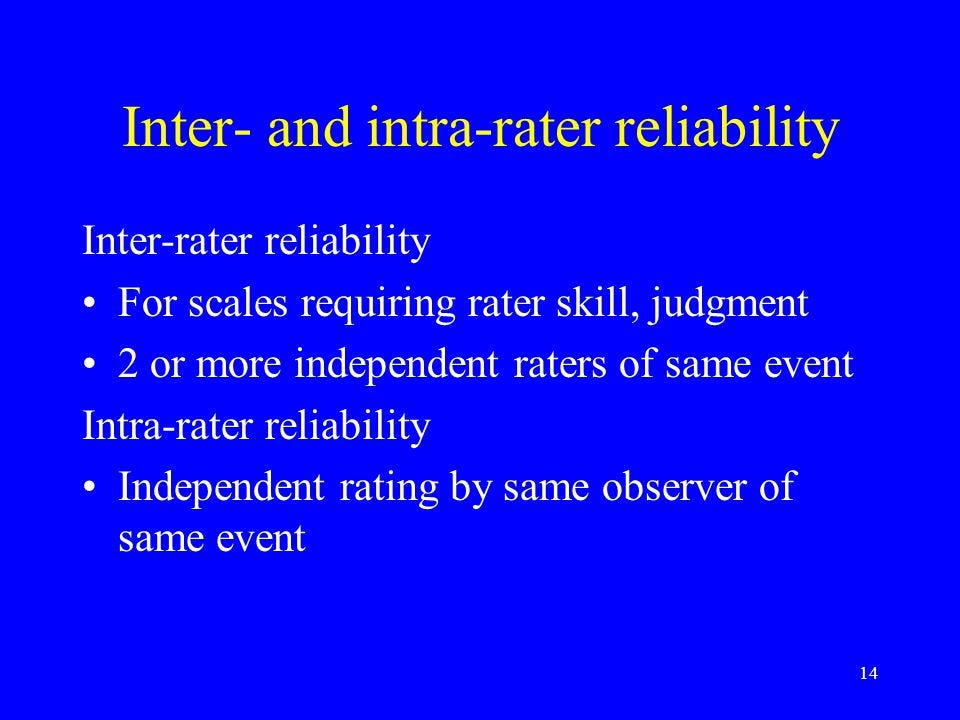
The selective functional movement assessment (SFMA) attempts to determine the etiology of painful motions by evaluating limitations and symptom provocation. It is this model, which is implemented by some medical professionals after painful patterns are found within the functional movement screen (FMS) (George, 2011). It should be noted that this author is an exercise professional, and not currently trained to diagnose painful movement patterns. However, as a means of appreciating the concepts and language of the SFMA, the following sections will explore each assessment, the information derived thereof, evidence supporting the SFMA, and its overall utility.

The SFMA is an aggregate of 7 assessments, similar in number to the 7 screens found within the FMS, yet different in its intent; the SFMA’s purpose is to assess and evaluate the origin and cause of pain (George, 2011). Briefly, the SFMA includes a cervical spine assessment, which entails 4 motions: extension, flexion, as well as left and right rotation. The second assessment is the upper extremity movement pattern of the shoulder, which includes internal rotation, extension, and adduction; pattern 2 includes external rotation, flexion, and abduction of the shoulder. The third assessment is multi-segmental flexion whereby the client stands erect, then proceeds to touch the toes. Multi-segmental extension represents the fourth assessment, which requires the client to reach overhead and behind the body. The fifth assessment is multi-segmental rotation, which tests normal rotational mobility in the neck, trunk, pelvis, hips, knees, and feet. Finally, the SMFA concludes with the overhead deep squat, which evaluates the mobility of the shoulders and extension of the thoracic spine (George, 2011).
Unlike the FMS, which implements a 0-3 scoring system for each of its 7 screens, the SFMA places each of its movement assessments into 1 of 4 categories: functional non-painful (FN), functional painful (FP), dysfunctional painful (DP), and dysfunctional non-painful (DN) (George, 2011). It is the opinion of George (2011) that the root/major contributor to painful patterns, whether they are functional or dysfunctional, is the non-painful dysfunctional patterns found within the assessment.
Such a submission is predicated on the concept of regional interdependence (RI), which states that a remote dysfunctional movement pattern in one part of the body can influence a client’s primary report of pain and symptoms in another region of the body (Sueki, Cleland, & Wainner, 2013). The desire to mitigate dysfunctional movement patterns is further substantiated by the chronic musculoskeletal pain cycle (CMPC). CMPC suggests that faulty movement patterns are found within a cycle, which worsens dysfunction, exacerbates pain, and deepens functional pathology (Page, Lardner, & Frank, 2010).

Statistical evidence, from at least one study the author read, suggested that intra and inter-rater reliability was higher when examiners had experience vs. less experience administering and interpreting the SFMA (Glaws, Juneau, Becker, Di Stasi, & Hewett, 2014). Peer-reviewed journal articles regarding the underlying research for the SFMA were sparse. However, the research of principals behind the SFMA (i.e., regional interdependence and the functional approach paradigm) was in higher abundance, and has grown since its inception in 2007 (Cheatham, Hills, Carson, & Kreiswirth, 2014).
In conclusion, research behind the aforementioned principles of the SFMA is emerging, and the SFMA attempts to implement evidence-based research with contemporary concepts and best practice. Although this author is not trained or qualified to administer the SFMA in its entirety, the author is however, qualified to work with DN patterns. Thus, there may exist some merit in incorporating those assessments with clientele as an exercise professional, once cleared by a medical professional to do so. Such an approach would help address DN patterns, while still adhering to the scope of practice and competencies within this author’s field.
References
Cheatham, S., Hills, D., Carson, C.A., & Kreiswirth, E. (2014). The regional interdependence model: A clinical examination concept. International Journal of Athletic Therapy & Training, 19(3), 8-14.
George, R. (2011, January 29). The Selective Functional Movement Assessment. Dynamic Chiropractic, 22(3). Retrieved from http://www.dynamicchiropractic.com/mpacms/dc/article.php?id=55136
Glaws, K.R., Juneau, C.M., Becker, L.C., Di Stasi, S.L., & Hewett, T.E. (2014). Intra- and inter-rater reliability of Selective Functional Movement Assessment (SFMA). The International Journal of Sports Physical Therapy, 9(2), 195- 207.
Page, P., Lardner, R., & Frank, C. (2010). Assessment and treatment of muscle imbalances: The Janda approach. Champaign, IL: Human Kinetics.
Sueki, D.G., Cleland, J.A., & Wainner, R.S. (2013). A regional interdependence model of musculoskeletal dysfunction: Research, mechanisms, and clinical implications. Journal of Manual and Manipulative Therapy, 21(2), 90-102.
-Michael McIsaac
